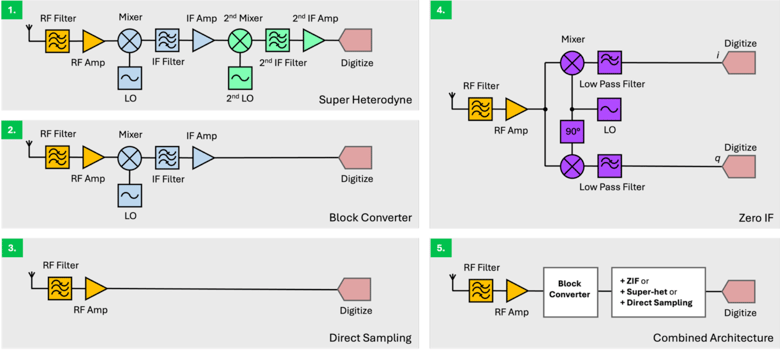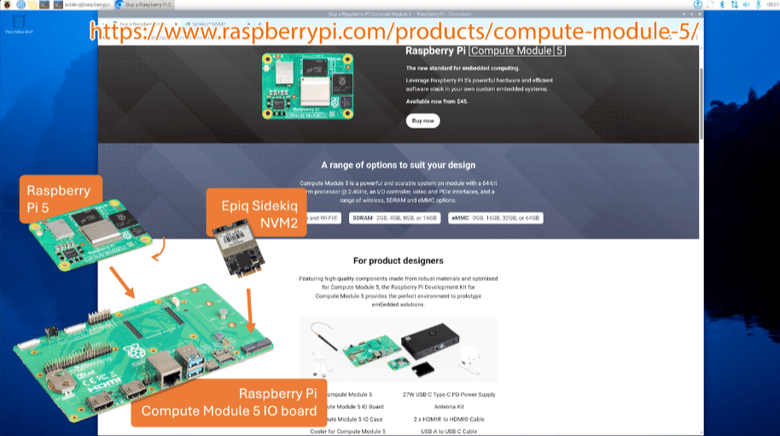Epiq Solutions Teams With Safer Buildings Coalition to Help First Responders Save Lives
Epiq Marketing
11/09/22
By Amy Devine
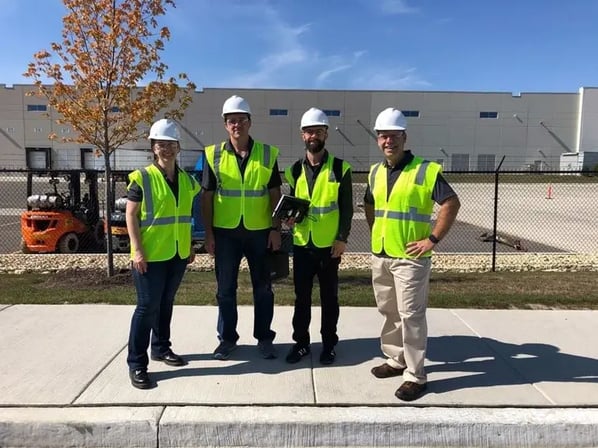
With over 6.2 million commercial buildings in the U.S., first responders and occupants alike depend on clean communication in the event of an emergency. Under these circumstances, time is of the essence: The FCC estimates that a response time improvement of even just one minute would save an additional 10,000 lives per year.
As part of an ongoing commitment to improve the RF capabilities in emergency response situations and eliminate "dead zones,' Epiq Solutions is proud to partner with the Safer Buildings Coalition. Since its inception in 2012, the Safer Buildings Coalition has operated as an independent, nonprofit committee with a focus on advancing the policies and technologies that monitor and report on in-building communications. The organization aims to highlight opportunities and provide guidance for augmenting communications capabilities for commercial buildings.
Epiq Solutions' collaboration with the Safer Buildings Coalition will contribute to greater public safety and further broader understanding of today's RF devices.
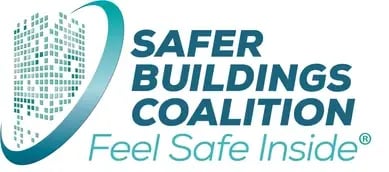
Illuminate. Understand. Overcome.
To save lives, critical communications must be effortless and uninterrupted — or as close to that ideal as possible. The ability to identify communication dead zones in buildings allows first responders to know when and where their communications can and cannot go out and plan their strategies accordingly.
Epiq Solutions devices like the PRiSM handheld network scanner are integral to field technicians' search for (and identification of) dead zones. Compact, easy-to-use instruments like these can be carried throughout the building to assess RF coverage, catalog levels of interference and detect anomalies. Epiq Solutions' P25 measurement and validation technology is accessible and understandable for operators, thanks to easily navigated UIs that display relevant communications information.
By providing reliable tools and gaining insight into a national network of buildings, best practices and protocols can be established to improve first-response call quality on the P25 network. This shared knowledge drives innovation between RF experts and public safety personnel.
As the Safer Buildings Coalition works to draft model ordinances with proposed new codes, the information observed and cataloged by Epiq Solutions technologies will go a long way toward implementing advanced Public Safety communication standards.
Providing Field-Ready Devices to Understand Building Communication Capabilities
Epiq understands that devices in the field need to be easy to use and understand. With the PRiSM scanner, P25 surveys can be completed anywhere and anytime, on a tablet or smartphone. This offers a critical advantage when building a knowledge base of dead zones and compiling interference logs within properties.
Authority-having jurisdictions (AHJs) are the governing bodies that determine if fire and live safety systems are up to code. Per the standards of the National Fire Protection Association (NFPA), AHJs can use Epiq Solutions devices to understand RF in buildings. Combined with their knowledge of fire codes, devices like PRiSM give these inspectors measurements to give an informed thumbs-up (or thumbs-down) on in-building communications vs. network parameters to tune a cellular system.
The Epiq Solutions/Safer Buildings Coalition partnership will arm AHJs performing in-building walkthroughs with RF expertise in addition to their existing knowledge base. This combination of communications capabilities and NFPA regulations will enable them to make fully informed decisions regarding the safety standards within a building.
The insight is helpful for AHJs: Because there is no federally regulated code, a building's inspector must be up to date on the policies, regulations and standards of their jurisdiction. To help arm them with the most accurate information, tools like PRiSM do the heavy lifting for RF cataloging and dead zone identification, bringing them up to speed on the status of 5G/4G and P25. They can jump to these cellular bands and quickly view RF energy from 70 MHz to 6 GHz, all on a mobile device.
By providing efficiency-enhancing reports on an easy-to-navigate, mobile-friendly interface, inspectors aren't burdened by cumbersome equipment as they navigate the hallways, corridors and rooms of a building. Armed with a powerful tool in the palm of their hands, AHJs are free to focus on the important task at hand — ensuring the safety of everyone within.
Partners in Safety
PRiSM and iBwave have teamed up to develop a P25 in-building survey solution that identifies dead zones and produces a report that is then delivered to the building manager. The survey can be efficiently conducted on a phone or tablet, offering a comprehensive overview of all coverage dead zones, impedances and anomalies.
The implementation of devices like the PRiSM scanner represents the first phase of an ongoing partnership between Epiq Solutions and the Safer Buildings Coalition. By focusing on communication to better meet the unique needs of AHJs, the union will equip inspectors with the latest diagnostic tools and educate them on how to get the most out of their in-field devices.
The shared goal is an important one: to reduce and eliminate dead zones in efforts to help first responders save lives.
Epiq Solutions recognizes the roles that AHJs and the Safer Buildings Coalition play in these efforts — and we're ready to roll up our sleeves to help. As part of the Safer Buildings Coalition Mission, Epiq Solutions will help inform policies and codes by providing technically rational and commercially feasible solutions for AHJs, first responders and other mission-critical personnel.
Contact Epiq Solutions to learn more about the innovative technologies that aid our first responders in buildings across America.
SHARE
Tags
STAY INFORMED
Stay up to date with the latest Epiq news, product releases, and more.










.webp?length=400&name=Cyber-Radio-NDR585%20(3).webp)
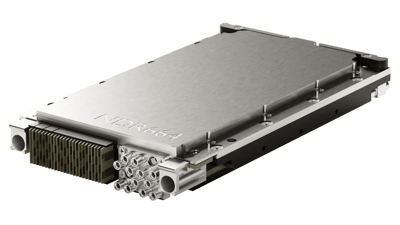
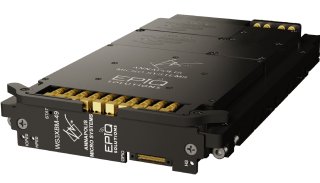









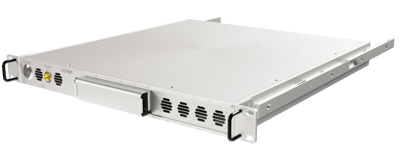



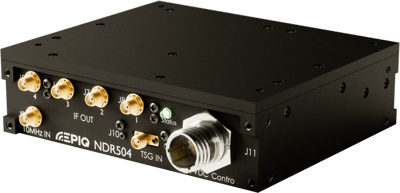


.webp?width=70&height=70&name=Vector%20(1).webp)
